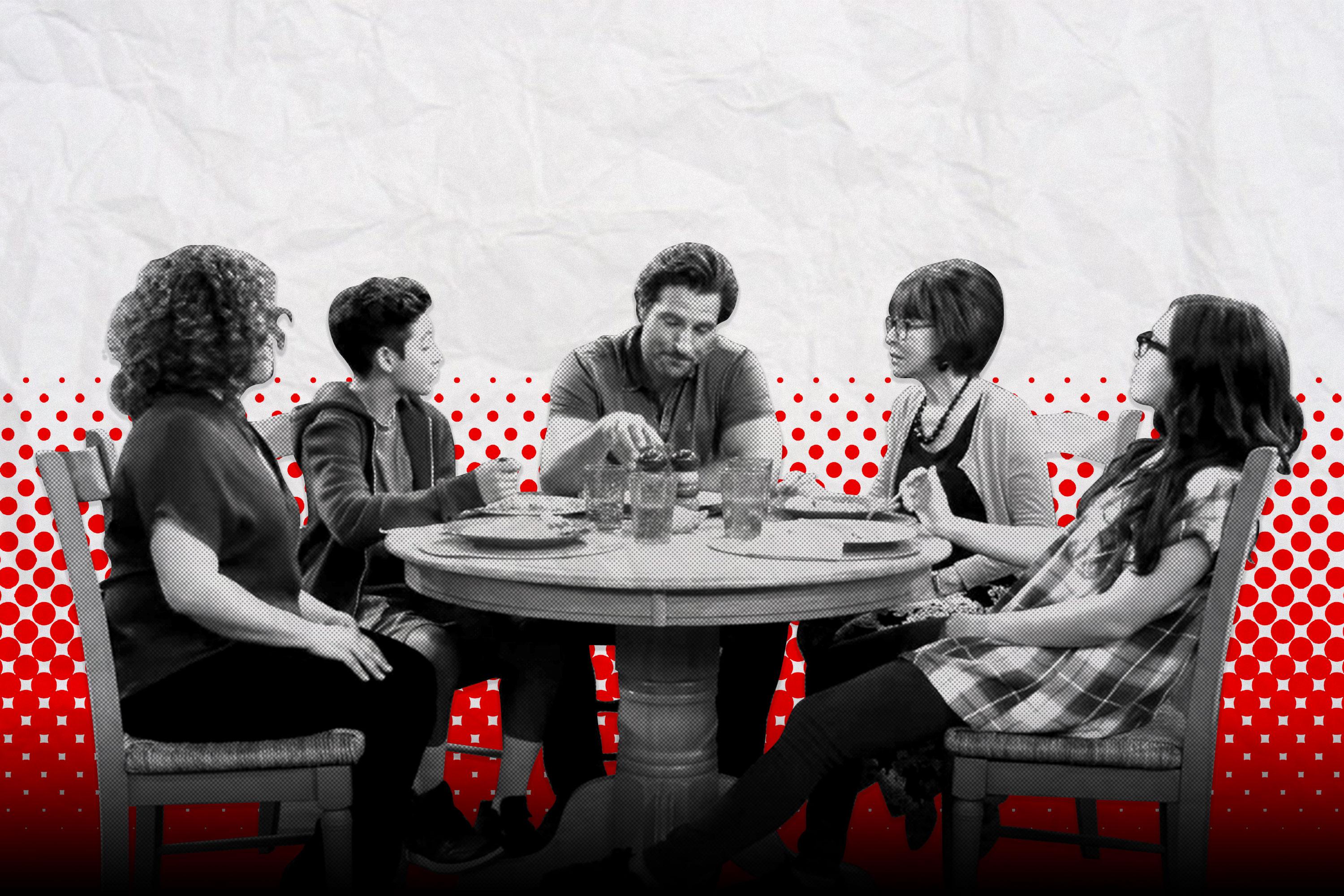
Once upon a time, Netflix didn’t cancel shows; it rescued them. That narrative has been under review for some time, as the streaming service has grown willing to nip underperformers in the bud and its beneficiaries pivoted from darlings like Arrested Development to populist fare like Lucifer, Longmire, and Designated Survivor. But Thursday’s cancellation of One Day at a Time, the Norman Lear reboot exploring single motherhood through a Cuban American family in Los Angeles, seems like the most decisive turning point yet in Netflix’s progression from upstart to establishment. You either die a hero or live long enough to become another naysayer in a suit.
A network nixing a show in the face of fan outcry is nothing new. Just ask the viewers who decked themselves in Saran wrap to protest ABC’s treatment of Twin Peaks, or the poor couriers who had to ferry 20 tons of nuts to CBS in an effort to save Jericho. What Netflix adds is the unconvincing self-awareness displayed in its public statements on the fate of One Day at a Time, posted to its anthropomorphic Twitter account. “We’ve made the very difficult decision not to renew One Day at a Time for a fourth season,” the announcement began, dropping the account’s typical, colloquial “I” for a formal, somber “we.” After offering thanks to the show’s cast and creators, it continued, “And to anyone who felt seen or represented — possibly for the first time — by ODAAT, please don’t take this as an indication your story is not important. The outpouring of love for this show is a firm reminder to us that we must continue finding ways to tell these stories.”
In other words, Netflix knows that canceling One Day at a Time is a threat to its brand as a deep-pocketed home for a diverse array of stories. The company can’t continue to wield its populist inclusiveness as a cudgel in PR wars against more established institutions, or as a draw for creators, if such inclusiveness is no longer part of its reputation. And so Netflix awkwardly positions itself as a champion of representation at the same time it discontinues a prime example of representation in action.
Such clumsy messaging opens up Netflix to all kinds of justified callouts. But it’s also a telling example of the service trying in vain to retain its outsider status as it starts to make the kind of unpopular decisions that come with money and power. Part of the resulting outcry comes from the rationale behind this particular decision, and many others, being so opaque. According to Netflix’s initial tweet, “The choice did not come easily — we spent several weeks trying to find a way to make another season work but in the end simply not enough people watched to justify another season.” What does “simply not enough people” translate to, in terms of raw numbers? How many people separates that figure from a show that would get renewed? Thanks to Netflix’s selective secrecy on ratings, we’ll likely never know.
Some of Netflix’s reasoning is clear enough to the informed observer, even if the company will never translate it into a chatty, remorseful social media post. One Day at a Time is “broadcast” by Netflix, in the sense that it’s available on the platform and most viewers understand it as a Netflix show. But Netflix doesn’t technically “own” the series; instead, it pays a licensing fee to Sony Pictures Television, making One Day at a Time more expensive and less useful to Netflix’s vertically integrated long game than an in-house production. It’s the same quirk of television financing that ejected Brooklyn Nine-Nine from Fox and eventually landed it at NBC, obscured by branding. (It’s also far too crass for Netflix to cop to publicly.)
Into the vacuum of such evasive face-saving, it’s easy to project all kinds of bad faith. If Netflix could funnel tens of millions of dollars into an Oscar campaign for Roma, why couldn’t it sustain a relatively cheap multicamera sitcom? If the grassroots campaign to save One Day at a Time, spearheaded by cocreators Gloria Calderon Kellett and Mike Royce, worked last season, what changed this time around? It certainly wasn’t lack of effort on supporters’ part; talk-show host Busy Philipps shelled out for a plane to take the message directly to Netflix’s Hollywood headquarters.
Still, it’s hard to shake the feeling that the resulting ire has less to do with the show’s cancellation and more to do with who’s doing the canceling. One Day at a Time is, indeed, a very good show, one with near-incomparable representation that has carried Lear’s legacy into the present with humor, heart, and Rita Moreno. Still, three seasons is a perfectly respectable run, putting One Day in good company with series, like Deadwood and The Leftovers, that were on long enough to have established themselves, but briefly enough to be able to go out on a high note. It’s the Netflix of it all that pushes buttons: the terrifying unknown of a black box; the contradictory-at-worst, disingenuous-at-best, self-congratulatory-for-sure diverse branding; the sheer amount of power concentrated in the hands of a single corporate entity.
Netflix has plenty of critical and cult favorites that survive. Emmy magnets like GLOW and The Crown seem guaranteed renewal so long as they continue to garner awards attention; BoJack Horseman and Big Mouth aren’t conventionally prestigious, but apparently have enough of a fan base to keep them in their benefactor’s good graces. Yet the One Day at a Time decision is a reminder that Netflix’s largesse is, like all network-series relationships, conditional—but those conditions, unlike other network-series relationships, remain obscure. Netflix is still unlike anybody else, even as it starts to act like everybody else. Can you blame us for getting anxious?